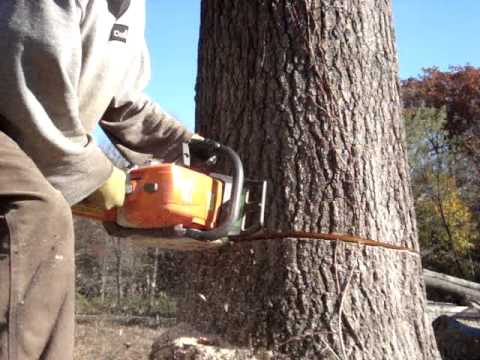How to change Revit® default icon?
Maybe you noticed that since Revit 2017, every Revit version has the same icon. This could be deceiving to most users if not unpractical and may lead to errors (eg. opening and saving file in newer Revit version).
Also, Autodesk® calls them REVT.ico instead of REVIT.ico for reason probably only known to them.
To support my statements how such approach is unpractical, below is an example on how your Windows taskbar looks if you run multiple instances of DIFFERENT Revit versions at the same time Read More








 to open Element Visibility Settings dialog. There is an option called When cut in Plan/RCP. (RCP is short for Reflected Ceiling Plan)
to open Element Visibility Settings dialog. There is an option called When cut in Plan/RCP. (RCP is short for Reflected Ceiling Plan)